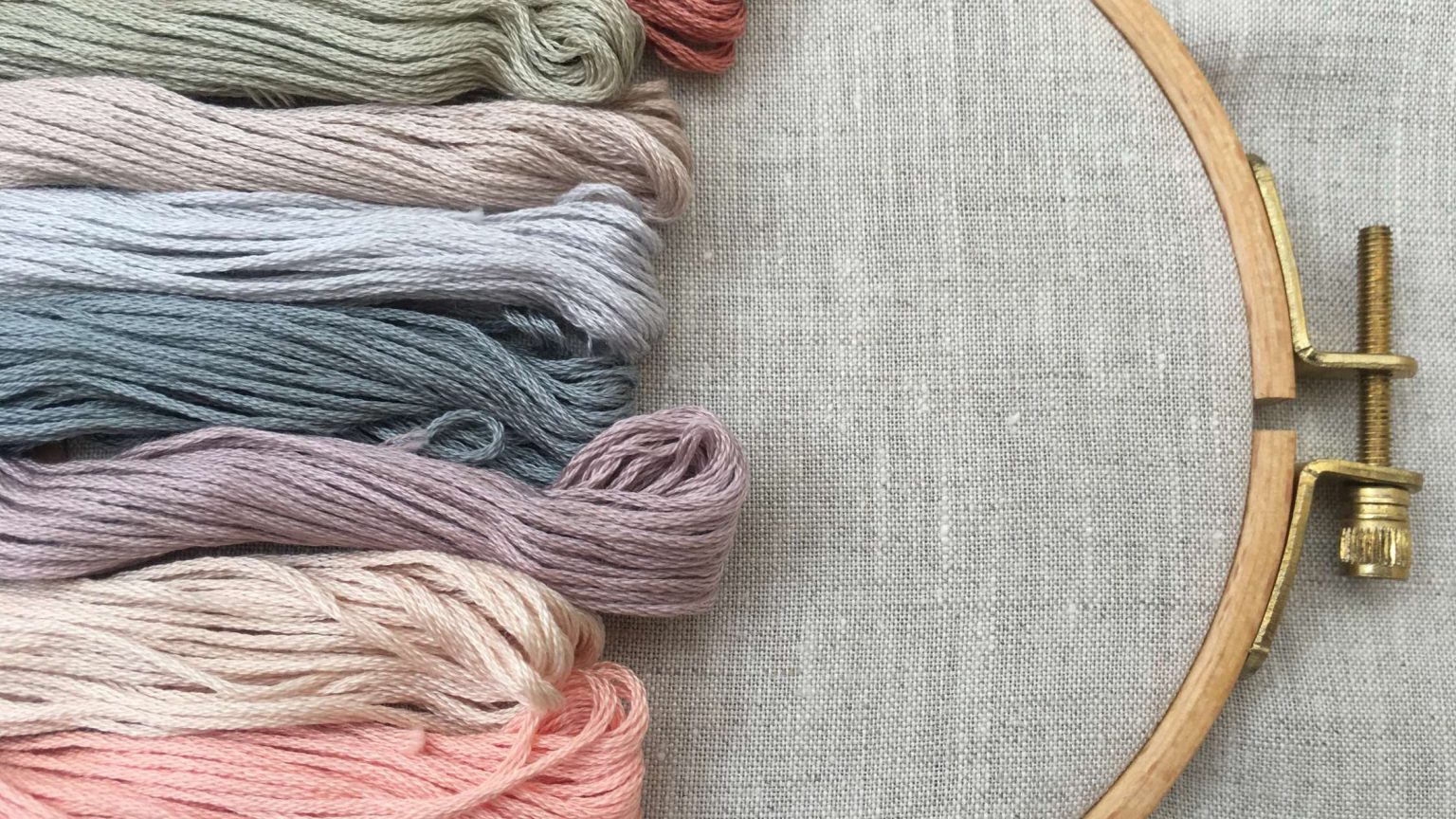When picking fabric for embroidery, knowing thread count and density is key. Thread count is threads per inch, impacting fabric smoothness. Density, yarn per square inch, affects durability and stitch hold. High thread count offers finer fabrics, while density gives durability. Together, they boost embroidery quality. Weaving techniques like plain, twill, satin, or jacquard create varied textures. Different blends like cotton-polyester or silk-modals offer diverse benefits. Consider comfort, durability, and texture in your fabric choice for top-notch results. The interplay of thread count, density, and weaving techniques elevates your embroidery game.
Understanding Thread Count
If you’re delving into the world of embroidery, understanding thread count is crucial for achieving precise and high-quality designs. Thread count refers to the number of threads per inch of fabric. A higher thread count generally means a finer and smoother fabric, allowing for more intricate and detailed embroidery work. When selecting fabrics for your embroidery projects, pay attention to the thread count to ensure the best results.
Different fabrics have varying thread counts, affecting how the embroidery design will look once stitched. Fabrics with a higher thread count provide a solid base for intricate designs, while lower thread count fabrics may not support fine details as well. Experimenting with different thread counts will help you understand how they influence the final outcome of your embroidery work.
Importance of Fabric Density
Understanding thread count in embroidery leads to an appreciation of how fabric density significantly impacts the final look and quality of your stitched designs. Fabric density refers to the number of yarns woven together per square inch of fabric. This factor plays a crucial role in determining the overall durability, texture, and appearance of your embroidered pieces.
A higher fabric density often results in a smoother surface for embroidery, allowing intricate details to stand out more prominently. Additionally, fabrics with greater density tend to hold stitches better, ensuring long-lasting embroidery that maintains its shape and color vibrancy over time.
When selecting fabrics for your embroidery projects, consider the fabric density alongside thread count to achieve optimal results. By paying attention to this important aspect, you can enhance the overall quality and visual impact of your embroidered creations.
Impact on Fabric Quality
To truly assess the impact of fabric quality, delve into how fabric density and thread count work in tandem to elevate the overall appearance and durability of your embroidered projects.
Fabric density refers to the tightness of the weave, affecting the thickness and weight of the fabric. Higher density fabrics are more durable and less prone to wear and tear, making them ideal for intricate embroidery work that requires stability.
Thread count, on the other hand, measures the number of horizontal and vertical threads per square inch of fabric. A higher thread count typically indicates a smoother and softer fabric, enhancing the overall quality of the embroidery.
When fabric density and thread count are optimized, the result is a high-quality material that not only showcases embroidery designs beautifully but also withstands the test of time.
Different Weaving Techniques
Explore the intricate world of fabric construction through various weaving techniques to uncover the unique textures and patterns they create. Different weaving techniques, such as plain weave, twill weave, and satin weave, play a significant role in determining the look and feel of the fabric.
In a plain weave, each weft thread passes alternately over and under each warp thread, creating a strong and durable fabric with a simple checkered pattern. Twill weave, on the other hand, produces diagonal lines on the fabric surface, making it more durable and resistant to wrinkles.
Satin weave, known for its lustrous and smooth finish, has long floats on the surface, giving the fabric a luxurious appearance. Jacquard weaving allows for intricate and detailed patterns to be woven into the fabric, adding a touch of elegance and sophistication.
Choosing the Right Fabric Blend
As you consider different weaving techniques in fabric construction, your next step is to focus on selecting the right fabric blend for your project. The fabric blend you choose can significantly impact the characteristics of the final product.
Blends like cotton and polyester offer a balance between comfort and durability, making them suitable for a wide range of applications. Cotton provides breathability and softness, while polyester adds strength and wrinkle resistance.
For a luxurious feel, consider blends with silk or modal, known for their smooth texture and drape. If you prioritize moisture-wicking properties, opt for fabrics like bamboo or nylon blends. Each fabric blend has its unique advantages, so it’s essential to match the blend with the intended use of the fabric.
Take into account factors like breathability, durability, and desired texture when deciding on the fabric blend for your project.
Let Affordable Digitizing’s Experts Guide You in Selecting the Perfect Fabrics for Your Needs
Don’t get hung up on thread count alone. Affordable Digitizing can help you decipher the true quality of your fabrics. While thread count indicates the number of threads per square inch, fabric density considers both thread count and thickness. This combined measure provides a more accurate picture of a fabric’s durability, weight, and overall feel.
Our knowledge of textiles can ensure you get the best possible materials for your project, whether it’s bedding, clothing, or upholstery. Contact Affordable Digitizing today at (586) 817-9611 to discuss your project and get expert advice on selecting the ideal fabrics.

